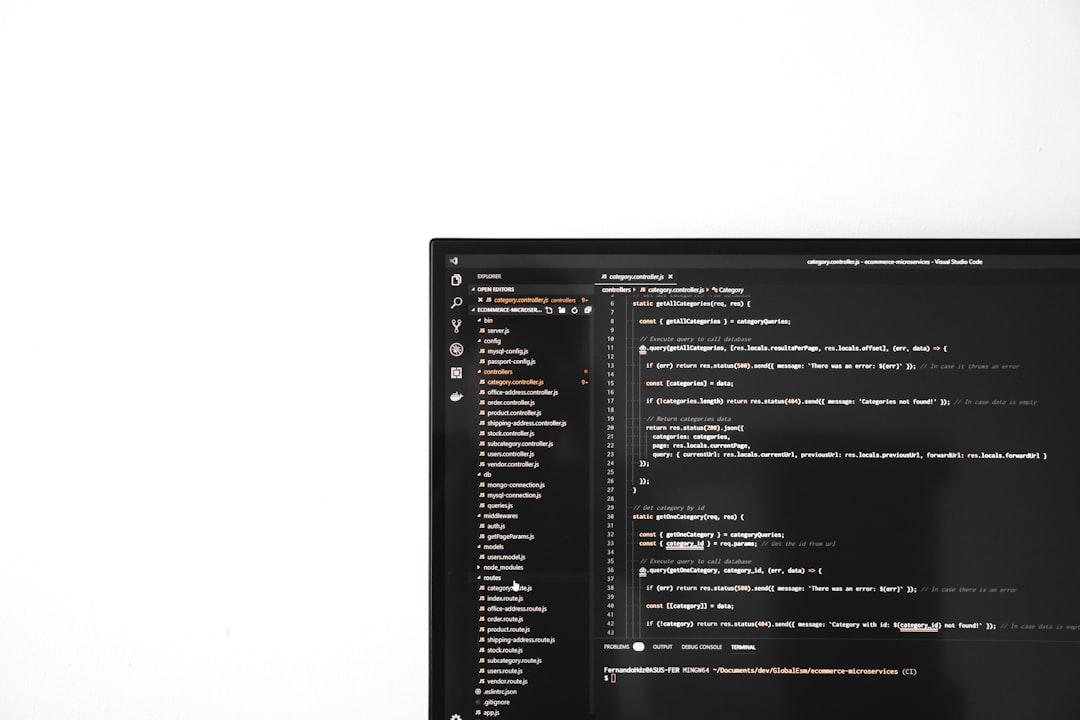Windows Update is a critical component of the Windows operating system, providing essential patches, feature updates, and security enhancements. However, users sometimes encounter errors that prevent updates from being installed properly. One such error is Windows Update Error Code 8024a000, which is commonly associated with update process interruptions, corrupted system files, or a misconfigured Windows Update service. If you’re facing this issue on Windows 10, the steps below will guide you through resolving the problem in a responsible and effective manner.
1. Restart Your Computer and Try Again
Before diving into advanced troubleshooting, start with a simple restart. Rebooting your computer can sometimes clear temporary glitches or background services that might be interfering with the update process.

2. Run the Windows Update Troubleshooter
Windows 10 includes built-in troubleshooters that can automatically find and fix update-related issues.
- Go to Settings > Update & Security > Troubleshoot.
- Click on Additional troubleshooters.
- Select Windows Update, then click Run the troubleshooter.
The tool will scan for potential issues and attempt repairs. After it completes, try running Windows Update again.
3. Manually Restart Windows Update Services
If the troubleshooter does not resolve the issue, restarting key Windows Update services may help. Follow these steps carefully:
- Right-click the Start button and choose Windows Terminal (Admin) or Command Prompt (Admin).
- Enter the following commands one by one, pressing Enter after each:
net stop wuauserv net stop cryptSvc net stop bits net stop msiserver ren C:\Windows\SoftwareDistribution SoftwareDistribution.old ren C:\Windows\System32\catroot2 Catroot2.old net start wuauserv net start cryptSvc net start bits net start msiserver
This process effectively resets the Windows Update components, clearing any corrupted files or cache that could be responsible for Error Code 8024a000.
4. Check for Corrupt System Files Using System File Checker
Corrupted system files can disrupt the update process. Use System File Checker (SFC) to scan and repair these issues:
- Open the Command Prompt as an administrator.
- Type
sfc /scannowand press Enter.
The scan may take several minutes. If SFC finds any issues, it will attempt to fix them automatically. Once done, reboot your PC and try updating again.
5. Run the DISM Tool
If SFC doesn’t solve the problem, you can try the Deployment Imaging Service and Management Tool (DISM) to repair the Windows image:
- Open Command Prompt (Admin).
- Enter the following command:
DISM /Online /Cleanup-Image /RestoreHealth
This command may take 10–15 minutes to complete. After it finishes, reboot your machine and run Windows Update again.
6. Reset Update Components Using a Batch File
For power users comfortable with scripting, creating a batch file to reset update components can quickly execute multiple necessary commands.
Paste the commands from step 3 into Notepad and save the file with a .bat extension. Right-click the file and select Run as administrator.
7. Temporarily Disable Antivirus and Firewall Software
In some cases, third-party antivirus or firewall software may be responsible for blocking update processes.
- Temporarily disable any non-Microsoft antivirus or firewall.
- Attempt running Windows Update again.
- Be sure to re-enable your protection once finished, or switch to Windows Defender.
8. Perform a Clean Boot
A clean boot starts Windows with a minimal set of drivers and programs, which can help identify conflicts.
- Search for msconfig in the Start menu and open System Configuration.
- Go to the Services tab, check Hide all Microsoft services, then click Disable all.
- Move to the Startup tab and click Open Task Manager.
- Disable all unnecessary startup items.
- Reboot your computer and attempt the update again.

9. Consider a System Restore
If none of the above solutions work, restoring your system to a previous point before the error began appearing might be your best option.
- Search for System Restore in the Start menu.
- Select a restore point and follow the on-screen instructions.
Conclusion
While dealing with Error Code 8024a000 can be frustrating, it is typically solvable through a methodical approach. By carefully following these steps and ruling out potential causes, you greatly increase your chances of resolving the issue and getting your Windows 10 system back to running its updates smoothly. If issues persist after all steps, consider seeking professional technical support to avoid causing further complications.



